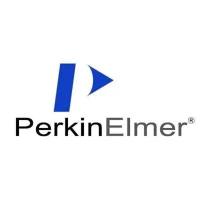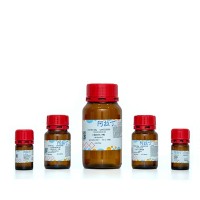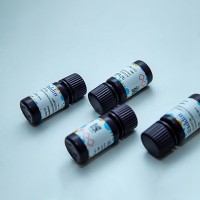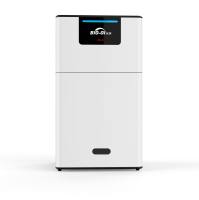RT-PCR from Laser-Capture Microdissected Samples
互联网
1129
Laser-capture microdissection (LCM) is a powerful method for efficient procurement of defined cell populations from whole tissue sections. It enables the study of cell biology and molecular pathology at the level of DNA, RNA, and protein (1 ,2 ,3 ). The principle of LCM, as applied by the Pixcell system (Arcturus Engineering Inc., Mountain View, CA) comprises a laser beam of variable size that activates a thermoplastic polymer film on a cap placed in direct contact with cell(s) chosen for microdissection. The melted ethylene vinyl acetate film flows into and replaces dehydrated interstitial and cellular compartments, “capturing” targeted cells onto the cap (Fig. 1 ). The cap is then placed directly in contact with the appropriate isolation buffer in a standard microfuge tube.


Fig. 1. Laser-capture microdissection: (A ) human melanoma sample before microdissection, (B ) after microdissection, and (C ) the microdissected cells captured onto the cap.









